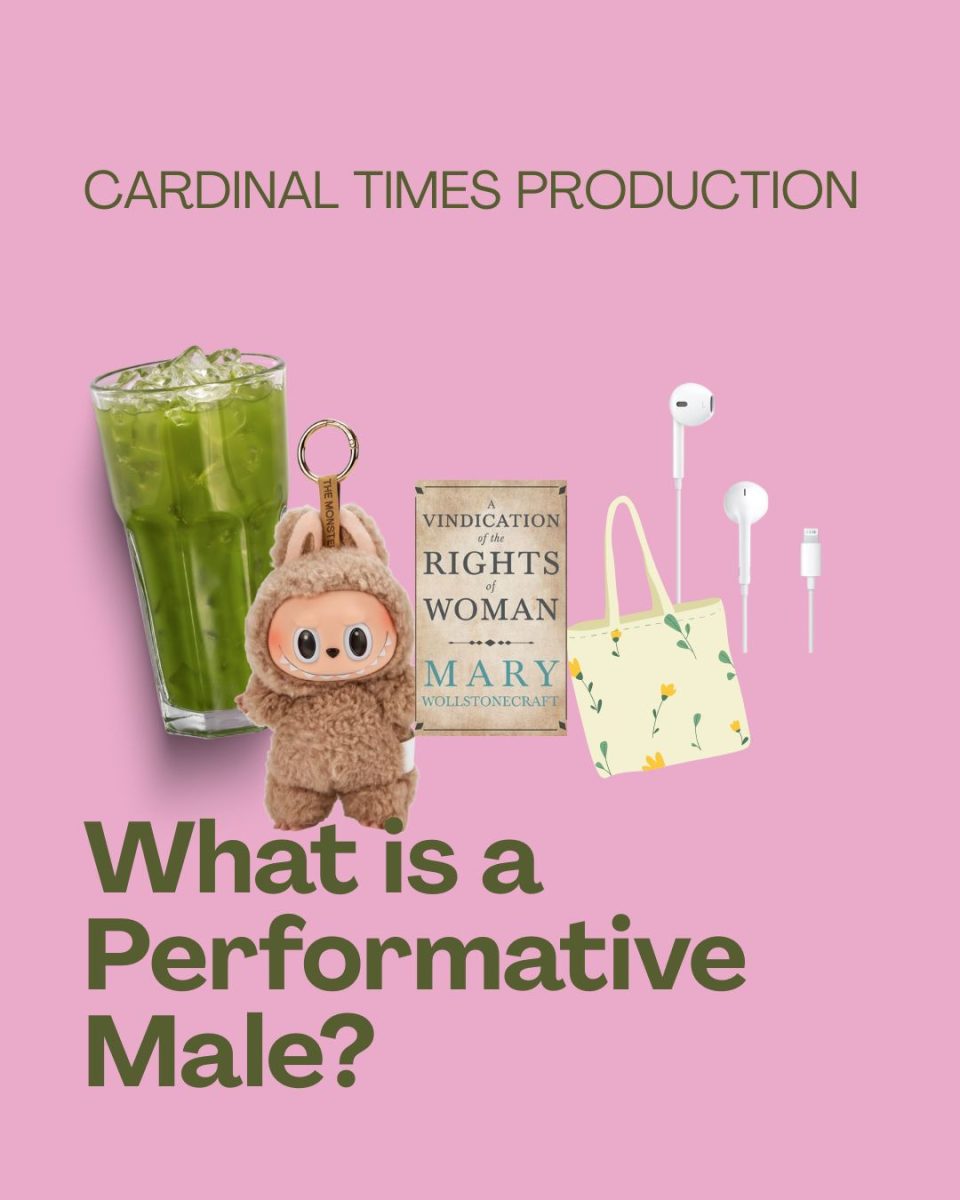How does Barbie impact body image?
A Barbie doll display at the Barbie Expo in Les Cours Mont-Royal mall in Montreal, Quebec, Canada. These Barbie dolls wore a number of different clothing pieces, all of different styles.
January 11, 2023
Since the doll’s debut in March of 1959, Barbie has become a globally recognized brand. Many girls developed a fascination with Barbie as a result of the doll’s fun fashion, accessories and lifestyle. With 41 animated Barbie movies (latest released in 2022), a 2012 animated television series and the upcoming live action Barbie film (2023), Barbie continues to make an impact.
From their heads to their toes, Barbie dolls have been scrutinized for their unrealistic dimensions and unrepresentative body types. In 2016, a study done by Body Image investigated the influence of Barbie dolls on young girls at the ages of six to eight. In this study, they had a choice to play with ‘thin’ dolls named Barbie or ‘curvy’ dolls named Tracy (after the protagonist in “Hairspray”). The girls who played with Barbie were proven to show more dissatisfaction with their bodies in comparison to the others.
Lincoln Junior Bella Lehmann is co-president of the body positivity club and recognizes the effect Barbies with unrealistic body types have on the children that play with them.
“Kids are so impressionable that when you’re pushing something at them, they’ll adapt to it,” said Lehmann. “By targeting young kids, they’re telling these kids [what] they should [look] like and […] what [body] they should achieve and strive for.”
Another co-president of body positivity club, junior Ava Russell, reflects on just how unrealistic these dolls are.
“They all look the exact same. You wouldn’t have organs if you looked like that,” said Russell. “You want to look like those dolls because it’s all you’re seeing. Even now, I feel like when I see plus sized dolls, it’s a big deal.”
Blair Hennessy, who teaches a Career Technical Education (CTE) class for future educators as well as social studies classes, emphasizes the importance of how women are portrayed in the media.
“What messages are all people, all children, getting around body image and how we value people?” said Hennessy.
Due to lack of variety in body type, Barbie sales dropped 20% from 2012 to 2014. In 2016, to counteract the decrease in sales, Mattel Inc. (Barbie’s creator) produced a new line of Barbie dolls with varying body types: petite, tall and curvy. Since then, no additional body types have been created.
Senior Nicole Prall believes that Mattel Inc. should enforce more efforts towards body representation.
“You can’t even really tell that this [curvy] Barbie has a different body type than the others,” said Prall. “I feel like they could definitely do a better job than they are now and step up their game.”
Lehmann hopes that Barbie will continue to develop and one day be an accurate representation of different body types around the world.
“It’s going to have to be a shift because people need to be represented in the media to feel accepted in their own bodies,” said Lehmann.
A further installment of this article will explore the racial impacts of doll culture.





